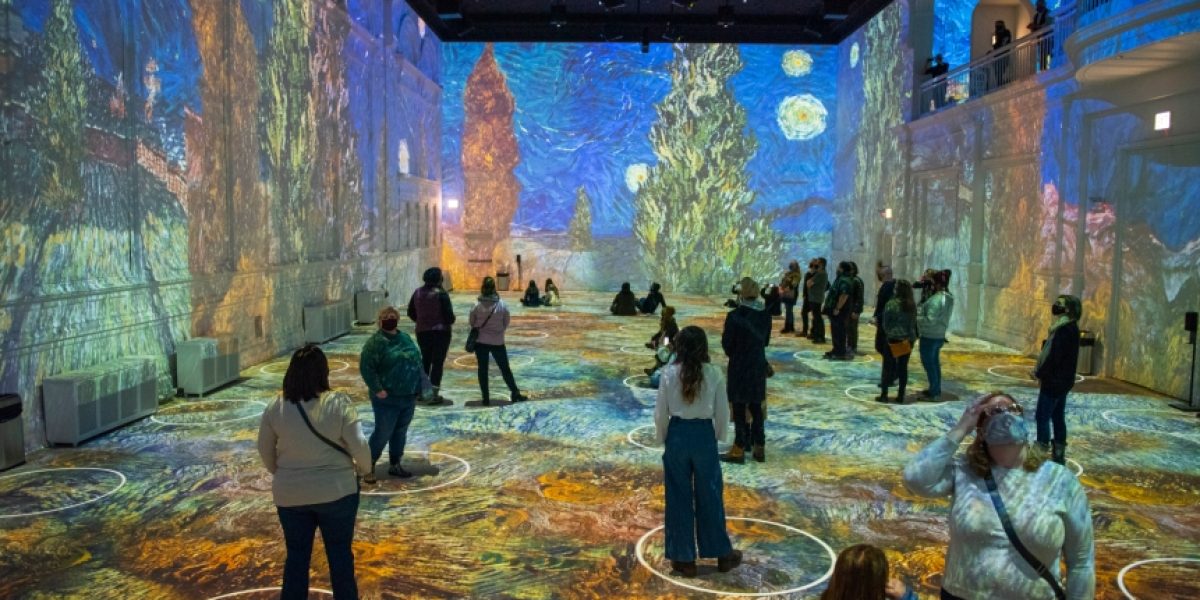Van Gogh: ‘Immersive’ Art
There was once a time where a piece of art was simply an artefact, intended to be appreciated and admired from afar. Centuries of evolution in the medium have resulted in any number of alterations to visual art, the latest being an experience truly unique to the modern day that is making waves in North America and Europe.
‘Immersive art’ is the new craze and it has already showcased some of the world’s most celebrated artists in a brand new form. In some ways, to single out and label one form of consuming art as ‘immersive’ is a bit bold, given that really all art is immersive in its own way, but the concept is one that looks to give the audience as intimate of an experience with the art and the artist as possible.
Employing the services of digital technology, immersive art experiences look to capture the audiences senses in a far more comprehensive way that one might experiences when simply gazing at a painting on a wall. “The Original Immersive Van Gogh Exhibit” is maybe the most high profile example so far that encapsulates the goals of immersive art. The project, which debuted in Los Angeles and ran through several US cities last year, allows the audience to practically exist inside of the artwork itself, with spectators entering a room with the work engulfing them from wall to wall, floor to ceiling. The exhibit featured a film presentation which recounted the life of the legendary Dutch post-impressionist, with music and commentary accompanying the visual display of some of his most celebrated works, including Irises, Sunflowers, and of course, the instantly recognisable, Starry Night.

In some ways, the experience is a sort of hybrid between an art exhibition and an exhibit you might seen in a history museum. While the Van Gogh Exhibit was well received by audiences, the concept was not without its critics in the industry, some of whom bemoaned the idea deviating the presentation of the art from the artist’s original vision. Others have suggested that the digitalised versions take away the intricate genius of the original paintings, and then the idea of ‘full immersion’ in art eliminates the ability for the observer to get ‘lost’ in the art and interpret it in their own way. Still, the popularity of the Van Gogh exhibit and others of its ilk have proven that there is certainly an audience for this form of presentation.
Next on the list to get the ‘immersive experience’; the famed Mona Lisa, in an exhibit that will be installed in the Palais de la Bourse in Marseille, France later this year. Event director Roei Amit remarked that the Mona Lisa experience will be feature “sensorial environment, narrative projections, and many interactive experiences.” and will contain six different component covering an aspect of the work, its creation and its history. Ultimately, whether immersive digital art is the future of the industry or just a fun little side feature remains to be seen, but with momentum behind the medium, don’t be surprised to see similar experiences hit our shores in the near future.
Top image courtesy of Michael Brosilow

